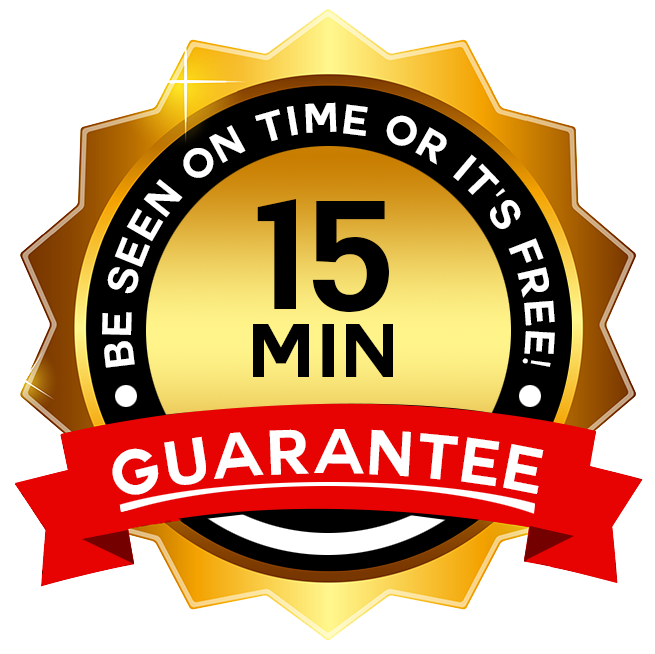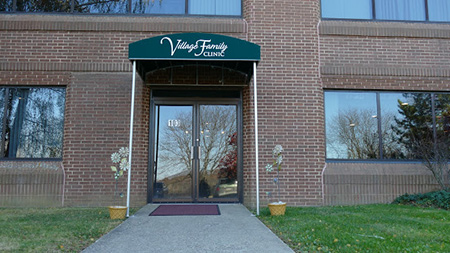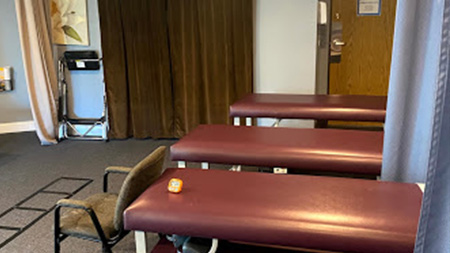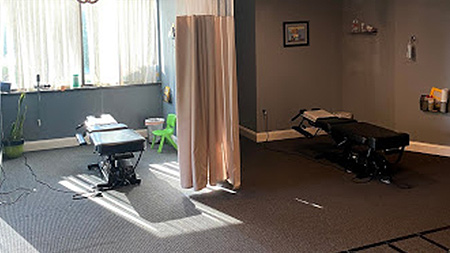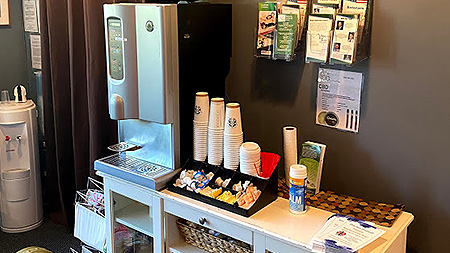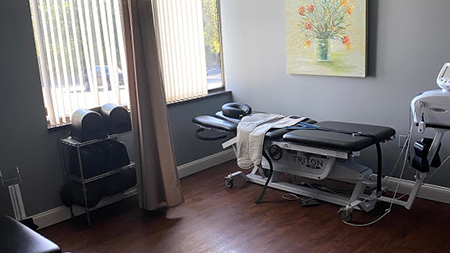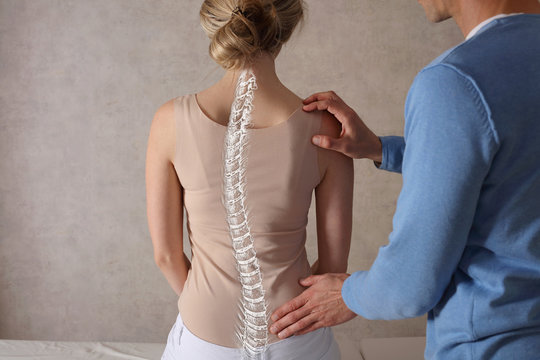
Health Essentails - Scoliosis
Hey there. Dr. Fedich here, Village Family Clinic, telling you a little update, little health info here about scoliosis. So I just treated a patient with scoliosis this morning. Thought I’d explain things a little bit better for this video for everyone out there. So a couple of things. So we look at our spine there. I always tell people to kind of look at your dog or cat, horses, etc. If you look at their spine, it's kind of this nice flat curve like this. Right? So that's kind of how spines are. But when human beings decide to stand upright, their spines wouldn't work so well like that. So we have curves to our spine. So if we look at our spine from the side, and I'll straighten mine back out, we see these nice curves in here. Right? So we have some curves. However, if you look at a spine from the back, it should be nice and straight. Doesn't curve left to right or any kind of deviations there. So scoliosis left to right.
Our scoliosis is a curvature left to right where the vertebrae curve to the side there. And if we look at a spine, normal spine, when everything's in nice alignment get my guy fixed here a little bit. If you look at a normal spine with normal curves, on the side, we have the curves. Now from the back, no curves. But I push down on that, it's very steady. But if we take a little curvature scoliosis in there and we push it to the side, and we push down, it becomes these weak points at the top and the bottom of the curve. And what it looks like if we zoom in, instead of that vertebrae being a nice square on top of each other, they're tilted a little bit to the side. Now you can see one thing, there's that nerve channel in there. That can get a little choked off as that's becoming a little too close. But if we put all that pressure on that spot over and over, 10,000 steps a day for 15, 20 years, we can end up compressing or pinching those nerves. So what chiropractic do for these is several things. Yeah.
We have kids that come in. You should get their spine checked for scoliosis, something you want to do regularly. You know, the nurses do it real quick, but we do a more in-depth check. I have a scoliosis measuring machine here. So get your kids checked for sure. Ages you want to start, you know, 10 to 15 is where you want to check for it. We do have some scoliosis. You know, we can help get that curve a little bit better and prevent it from getting worse, which is great. And more probably, especially this patient was an adult, and it was already, you know, set the curve set where it is. But that tension's building up in those certain locations over time, and it just builds and builds and builds and builds. It starts pinching on the nerves in there. And if we don't do a chiropractic adjustment every once in a while to get that pressure back off the nerve, we're going to get some big problems down the road. So it’s going to cause early arthritis as well. So we have that compressing or pinching on that nerve all the time. Eventually, it'll start some early onset arthritis. We don't want that either. So it's really important to have your children checked for scoliosis, something you want to get checked at 10 to 15 years old. We'll absolutely check them down here. And we are starting to develop, we want to get chiropractic care to minimize that curve, help try to correct as much as possible. But even as adults, people think chiropractic might be able to help you. We're not going to if you're 50 years old, we're not going to straighten the spine back out, but that pressure is going to build in these certain areas and cause problems over and over.
It's also going to cause real premature arthritis degeneration wearing out of those joints, which I see in older adults is a really big problem. So you have escalation in adults. Important to the chiropractor on a regular basis, relieve that tension that's built up there. And it's super, super important to get your children checked, checked for scoliosis as well. So if you already know someone suffering from scoliosis, tell them to give us a call. We'll be happy to take a look at and see what we can help out. Call or Text us 908-813-8200.

